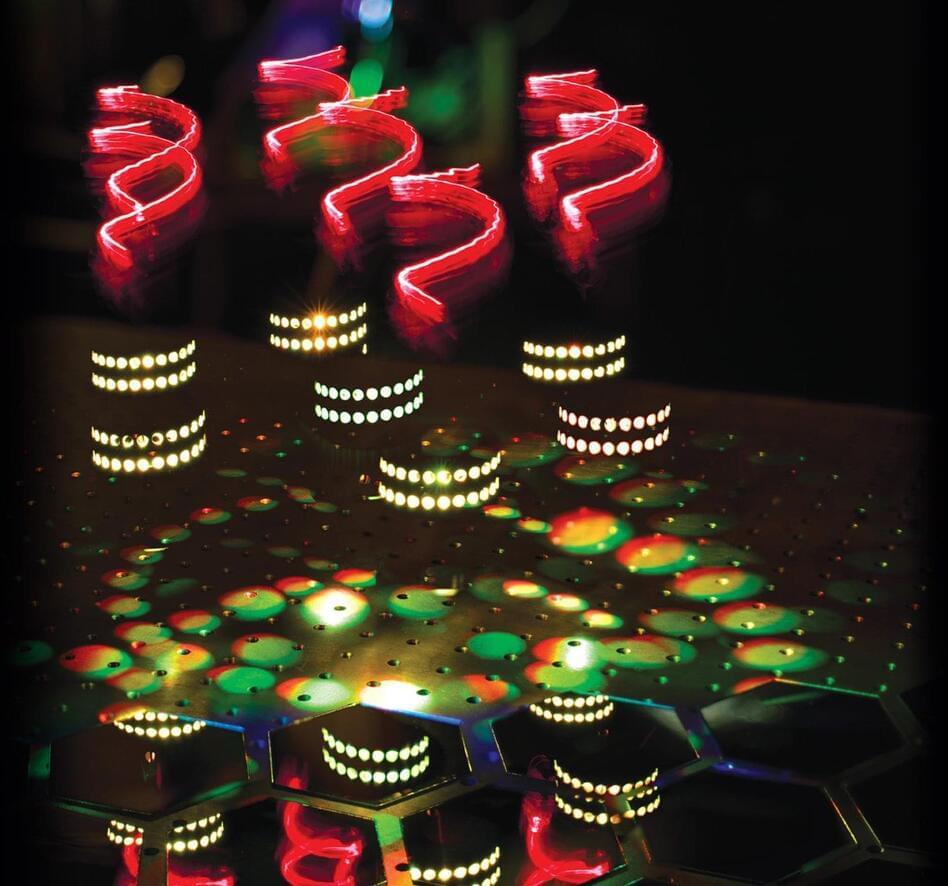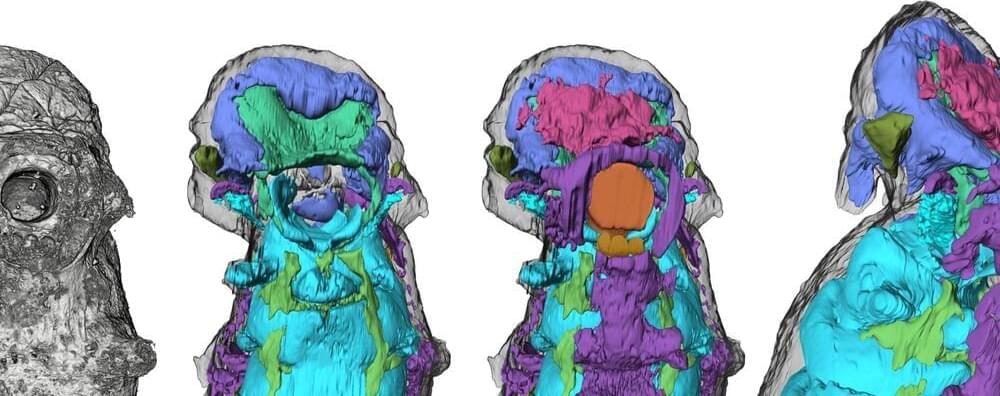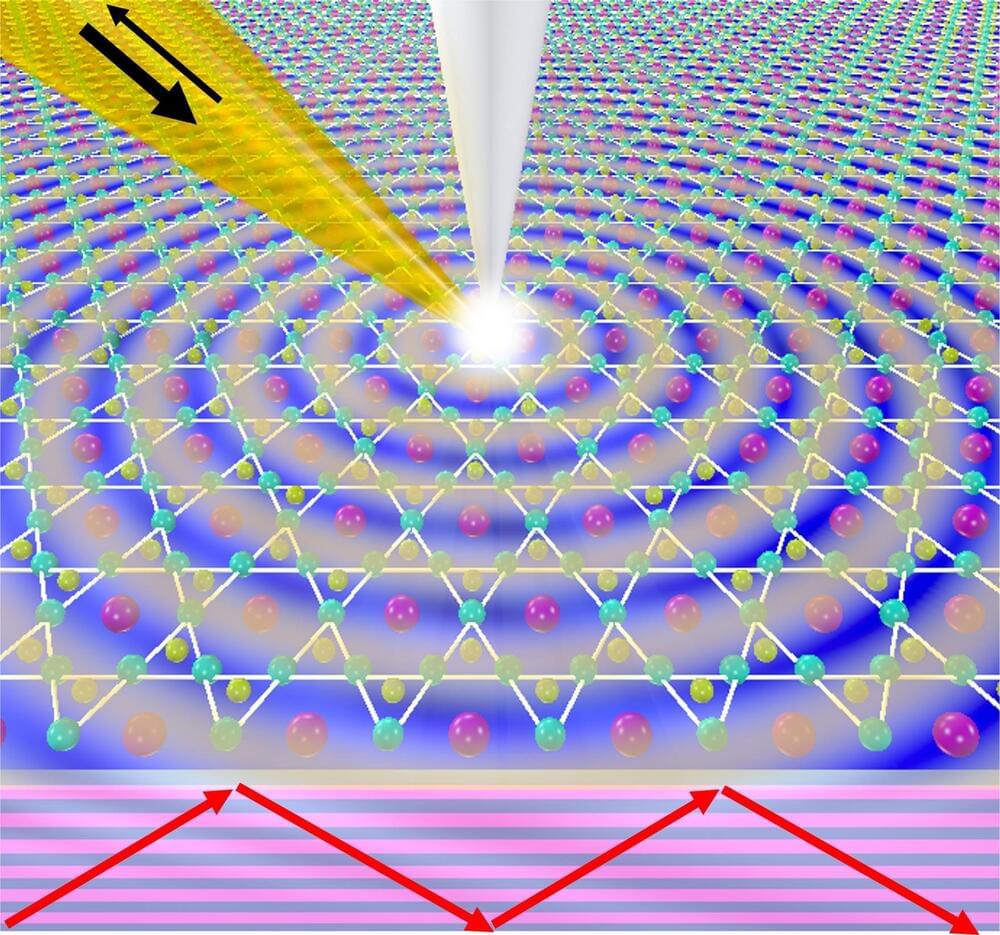Aug 2, 2024
Sun’s Next Solar Cycle Detected Early in Sound Waves
Posted by Saúl Morales Rodriguéz in categories: energy, space
The Sun’s next 11-year solar cycle has been detected in internal sound waves, even though the current Cycle 25 is at its solar maximum and won’t end until mid-2025. This peak period increases sunspots, flares, and coronal mass ejections, sending more electromagnetic energy towards Earth.
Even though the Sun is only halfway through its current 11-year solar cycle, the first rumblings of the next one have already been detected in sound waves inside our home star.
This existing cycle is now at its peak, or ‘solar maximum’ — which is when the Sun’s magnetic field flips and its poles swap places — until mid-2025.
















